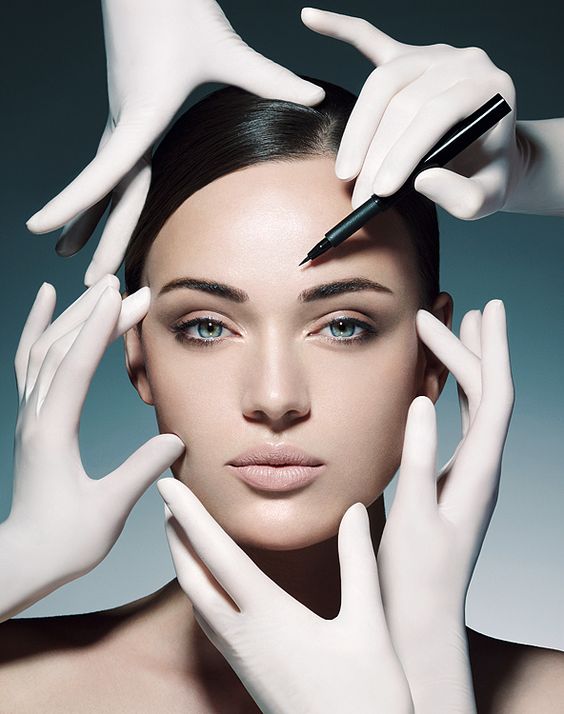
When we have acne, the instinct is always to do something to get rid of them quickly. Read on the find out the biggest mistakes we make with these nasty blemishes. 1. Drying Your Pimples And Face Out Pimples are caused by clogged pores, and drying them out gets rid of them right? Overdoing it and dehydrating the skin excessively can cause the reverse, triggering the skin to produce even more oil than usual. Try Skin Laundry III, a salicylic mild foaming wash that won’t dry your skin out, and Blue Orchid, an oil-free moisturizer that gently hydrates irritated skin. 2. Too Much Makeup No prizes for guessing this one. When you have acne, wear as little makeup as possible, even though the reflex is to cover the bumps up with thick foundation. This can lead to more clogged pores. Always cleanse your face thoroughly to remove any traces of makeup. Try Anti-acne BB cream instead. 3. Not Changing Your Pillowcase Have acne that wouldn’t go away Continue Reading




